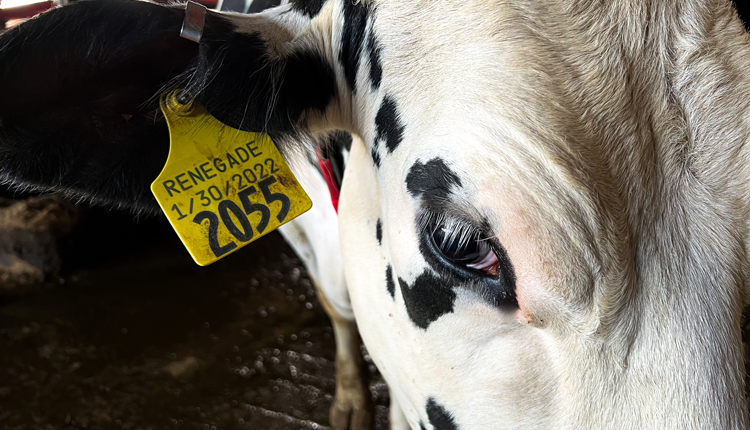USDA recently released the 2009 averages for state-by-state milk production, cow numbers, and milk per cow. A detailed report, complete with charts and tables, can be found the in the March 10 issue on page 169. Here are a few findings from USDA's report:
Cow numbers dipped slightly compared to the previous year's 9.315 million which represented the highest inventory since 1996. Despite the drop, average cow numbers were still high with the nation's 9.201 million cows running above average totals for 2001 to 2007. It should be stressed these are yearly averages. Estimated cow numbers in December 2009 stood at 9.082 million. Among the top 10 dairy states, those that reduced cow numbers were: California, down, 2.6 percent; New York, down 1.1 percent; Pennsylvania, down 0.7 percent; and New Mexico, down 3.8 percent.
Growth in milk per cow slowed for the fifth consecutive year, dropping to 0.9 percent compared to between 1.0 to 3.2 percent gains in the previous four years. Over the past decade, Arizona, Colorado, and Washington all took turns holding the top spot for milk per cow. This year, New Mexico has the nation's highest-producing cows, breaking the 24,000-pound barrier for the first time.
Meanwhile, there was only one change in the top 10 milk production states with Michigan overtaking New Mexico. Milk production in the top production state, California, was down 4.1 percent, while production in the nation's second leading state, Wisconsin, was up 3.1 percent.
U.S. dairy farmers produced 618 pounds of milk for every American citizen. On a per capita basis, Idaho led all states producing 7,860 pounds of milk for every state citizen. The next three on the list were: Wisconsin, 4,463 pounds per resident; Vermont, 3,971 pounds per resident; and New Mexico, 3,933 per resident. A full-color map including all 50 states can be found in the March 10 issue.










